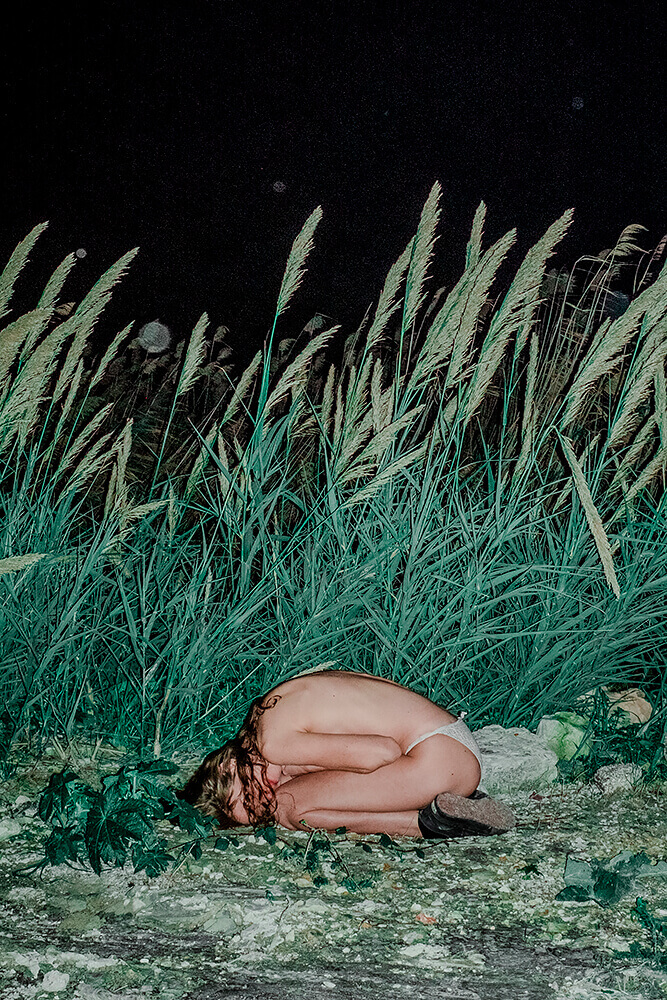I was born in 1992 in Lebanon, right after the end of the war, in a fragmented country that had to reinvent itself. At the age of 16 I started to get closer to Beirut and used my camera to question the city, its people, and my place among them. I graduated with a master degree in photography from the Academie Libanaise des Beaux Arts in 2015.
Today I use photography to explore, defy and resist society. It is my way of constantly reinventing myself in the body and the city I live in.
Statement
The revolution started in Lebanon on the 17th of October 2019. Since then everything has been emotionally and physically draining and confusing but also beautiful, sad and awakening. It all feels as if we were coming out of an abusive relationship and to finally say: No, this is not normal.
When the revolution started in Lebanon, it was the most natural thing for me to take my camera and go to the streets. Photography has always been my way of participating to life as it is today my way of taking part in the revolution. In the ongoing socio-political context it felt to me like there was no choice: the subject of my photography imposed itself on me. It was more a question of need and necessity than a question of desire. The slow documentary that normally constitutes my approach was ever so naturally replaced by something else something new, and within the revolution I let myself carry by the big wave coming towards me, big wave much bigger than me.
My project is about documenting the different facettes of the Lebanese revolution from a local point of view.
My approach is characterized by the direct flash I use in this project but also in others. This potentially comes from my need to make things real. The direct flash also helps me work on textures, bodies and skins. In the context of the revolution, the proximity between the bodies says a lot about the situation. It is the first time that we claim our public spaces, our streets, our country. It is the first time that different social classes mix together in the streets. In our streets.
In parallel to the photographic documentation, I am also documenting the evolution of my emotions during the revolution. It is sort of a diary that accompanies the pictures.
Example:
Monday, 20 Jan
Beirut, Lebanon
Tonight in the teargas I took all my pictures with eyes closed.
They say the moment of a picture is a black out.
I wonder if I don't look at these emotions, will they disappear?
Selected Books on

